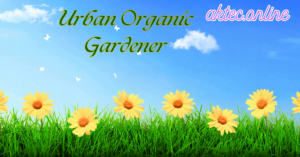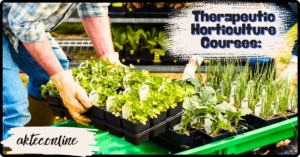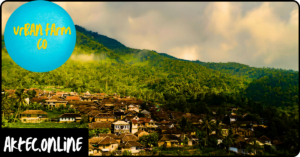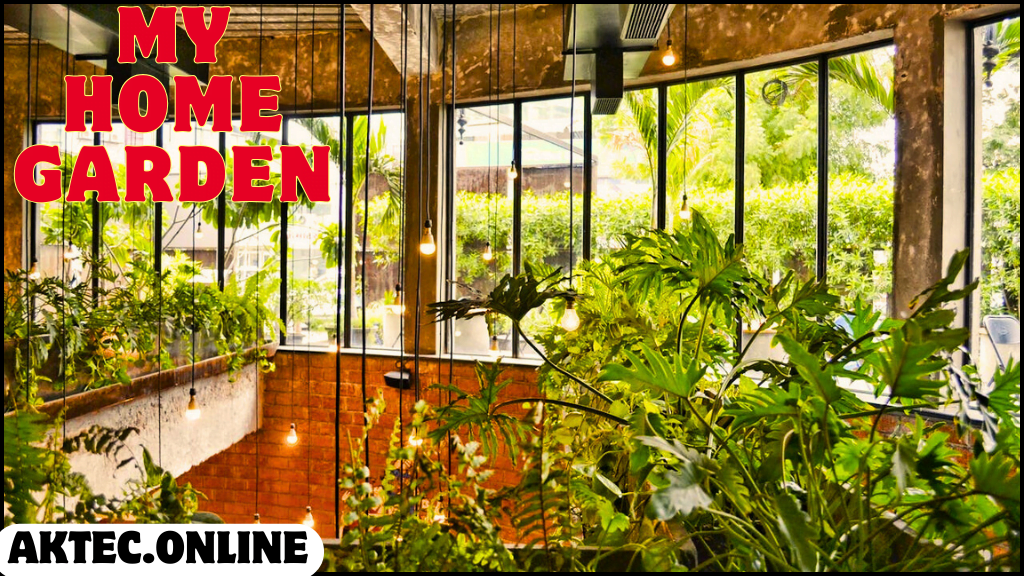
My Home Garden oasis awaits. Learn how to design, plant, and nurture your own green haven for delicious food and a thriving ecosystem.
My Home Garden
A Guide to Cultivating Your Own Green Oasis
Have you ever dreamt of stepping outside your door and into a vibrant world of flourishing plants? My home garden has become just that – a sanctuary of fresh air, buzzing with life, and bursting with delicious homegrown produce.
But the journey wasn’t always sunshine and roses . Through trial and error, I’ve learned that creating a thriving home garden is both rewarding and surprisingly achievable. If you’re curious about bringing the magic of gardening into your own space, keep reading!
Planning and Designing Your Home Garden
Cultivating a Vision
Before diving headfirst into seed packets, take a moment to assess your available space. Do you have a sprawling backyard or a cozy balcony? This will determine the type of garden that’s best suited for you.
For smaller areas, container gardens or vertical gardens are fantastic options. Container gardens offer the flexibility to arrange pots for optimal sunlight and create a dynamic display. Here, herbs with cascading foliage like thyme or oregano can soften the edges of pots, while trailing varieties like vining cherry tomatoes can add a vertical element.
Vertical gardens are perfect for maximizing space on walls or fences, adding a touch of greenery to any area. Use hanging pockets or tiered planters to cultivate a variety of shallow-rooted plants like lettuce, succulents, or flowering vines.
Raised beds offer excellent drainage and flexibility for customizing your planting area, ideal for in-ground gardens or patios. They’re perfect for beginners as they allow for complete control over the soil quality. Consider building raised beds from untreated wood, recycled materials, or purchasing pre-made kits.
Next, consider the local climate, sunlight patterns, and soil conditions. These factors will significantly impact the types of plants that will flourish in your home garden. Researching sun and shade requirements before selecting your plant friends is crucial. Some plants thrive in full sun, like peppers and tomatoes, while others prefer dappled light or even partial shade, like hostas and ferns. Understanding your sunlight patterns throughout the day will help you create a thriving garden.
Don’t underestimate the power of a well-designed layout! Sketching a basic plan on paper helps visualize your garden and maximize space. Consider incorporating pathways for easy access to all areas of your garden, especially if you have a larger space. Use graph paper to scale your design and ensure proper spacing between plants according to their mature size.
Remember to incorporate a variety of plants – flowering varieties not only add beauty, but also attract pollinators like bees and butterflies, essential for a healthy garden ecosystem. Herbs with enticing aromas like lavender or rosemary can add another layer of sensory delight to your garden, while strategically placed companion plants like marigolds can deter pests and promote overall plant health.
Essential Steps for Establishing a Home Garden Nurturing Life
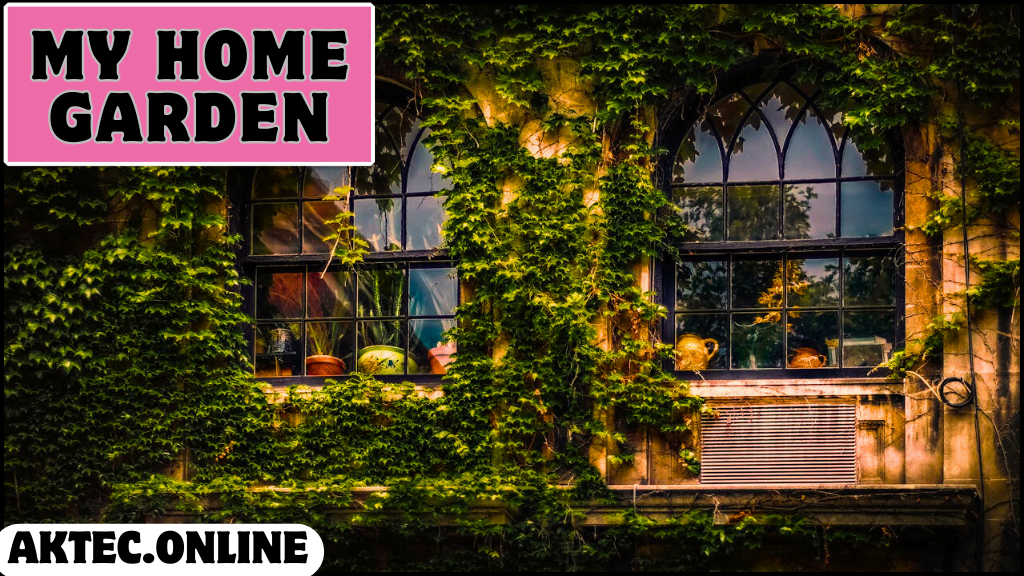
Now comes the exciting part – getting your hands dirty. Before planting, prepare your soil by removing weeds, loosening it for proper drainage, and enriching it with organic matter like compost. This provides your plants with the nutrients they crave to thrive.
If your soil is particularly compacted, consider using a tiller or aerator to improve drainage and air circulation. For container gardens, using a high-quality potting mix specifically formulated for vegetables or herbs is recommended.
Selecting the right seeds or seedlings is key. Research varieties that thrive in your climate and suit your preferences. For beginners, starting with seedlings can be easier than starting from seeds, as they require less initial care. However, seed starting can be a rewarding experience, offering a wider variety of options. Choose seeds that are fresh and appropriate for your planting zone.
Once planted, consistent watering is essential. The frequency will depend on your climate and specific plants, so keep an eye on the moisture levels. Feeling the soil with your fingers is a great way to gauge moisture – water when the top inch feels dry to the touch.
Overwatering can be detrimental to plant health, so be mindful. Fertilizing with organic amendments like compost tea provides additional nourishment throughout the growing season.
Many organic fertilizers come in liquid form, making them easy to apply while watering. Finally, mulching around your plants with shredded bark, wood chips, or composted leaves helps retain moisture, suppress weeds, and regulate soil temperature. A layer of mulch around 2-3 inches thick is ideal.
The Joys and Challenges of Home Gardening
However, gardening also comes with its own set of challenges. Unforeseen weather events like hailstorms or unexpected pests like aphids can threaten your precious plants. Learning to identify and manage these challenges is part of the learning curve.
For example, row covers can offer protection from unexpected frosts, while introducing beneficial insects like ladybugs can help control aphid populations organically.
Another challenge can be simply finding the time to dedicate to your garden. Between work, family, and other commitments, carving out time for weeding, watering, and harvesting can feel overwhelming. The key is to start small and gradually expand your garden as your time and experience allow.
Despite the challenges, the sense of accomplishment that comes with harvesting your first homegrown vegetables or watching a bee flit from flower to flower in your garden is truly unmatched. There’s a deep satisfaction in knowing you’ve nurtured life from seed to table, using sustainable practices that benefit both you and the environment.
Maximizing the Benefits of Your Home Garden
Reap the Rewards

Embrace the power of organic gardening. By avoiding harmful chemicals, you’re not only protecting your plants and the environment, but also ensuring the safety of your homegrown bounty. Organic gardening methods promote healthy soil, which in turn leads to healthier, more resilient plants. Compost piles and worm bins are great ways to create your own nutrient-rich organic fertilizers.
The true magic of a home garden unfolds when you harvest your first juicy tomato or fragrant basil plant. There’s an undeniable satisfaction in enjoying food you’ve nurtured from seed to table. Not only will you have fresh, delicious ingredients, but you can also potentially save on grocery bills. Homegrown vegetables and herbs often taste superior to store-bought options, and the satisfaction of knowing exactly how your food was grown is an added bonus.
Beyond personal benefits, home gardens contribute significantly to a healthier planet. Growing your own food reduces your carbon footprint associated with transportation and commercial agriculture. Home gardens also provide habitat for beneficial insects and pollinators, promoting biodiversity and a healthy ecosystem in your own backyard. By attracting pollinators like bees and butterflies, you’re helping to ensure the continued success of our food system.
Conclusion
My home garden journey has been filled with learning, satisfaction, and a newfound appreciation for nature. I encourage you to embark on your own adventure and create a personal green haven. Remember, gardening requires patience, but the rewards are truly bountiful.
There are countless resources available to guide you on your home gardening journey. Consider consulting local gardening clubs, visiting your local nursery for expert advice, or browsing reliable online resources like the National Gardening Association. Don’t be afraid to experiment and learn from your mistakes – that’s all part of the fun!
So, grab your gloves, gather your green thumb spirit, and start cultivating your own slice of paradise! With a little effort and dedication, your home garden can become a source of joy, fresh food, and a connection to the natural world. Remember, even a small balcony container garden can bring a touch of nature and the satisfaction of homegrown produce to your life. Happy gardening!
FAQs
What type of garden is right for me?
This depends on your available space. Container gardens or vertical gardens are perfect for balconies or small patios. Raised beds offer flexibility for customizing your planting area and are ideal for backyards or larger spaces.
What climate zone am I in?
Knowing your USDA hardiness zone helps you select plants suited to your local climate. This information is readily available online or at your local nursery.
Do I need to test my soil?
A soil test can reveal if your soil needs amendments to improve drainage or fertility. Many local extension offices offer affordable soil testing services.
Planting and Care:
Seeds or seedlings?
Seedlings require less initial care but offer fewer variety options. Seeds are more affordable and provide a wider selection, but require more attention during germination.
How often should I water my plants?
The frequency depends on your climate, plant type, and sunlight exposure. Generally, water deeply when the top inch of soil feels dry to the touch.
What kind of fertilizer should I use?
Organic fertilizers like compost tea are gentle on your plants and the environment. Many come in liquid form for easy application during watering.
How do I deal with pests?
Encourage beneficial insects like ladybugs to control pest populations naturally. Row covers can protect young plants from unexpected frosts.
Harvesting and Beyond:
When are my vegetables ready to harvest?
Harvesting times vary depending on the vegetable variety. Research the specific harvest window for each plant you grow.
How can I store my homegrown produce?
Proper storage methods vary depending on the vegetable or herb. Some vegetables like tomatoes store well at room temperature, while others like leafy greens do best in the crisper drawer of your refrigerator.
What are some companion planting strategies?
Planting certain vegetables or herbs together can deter pests or promote growth. For example, marigolds help deter aphids, while nasturtiums attract beneficial insects like ladybugs.



